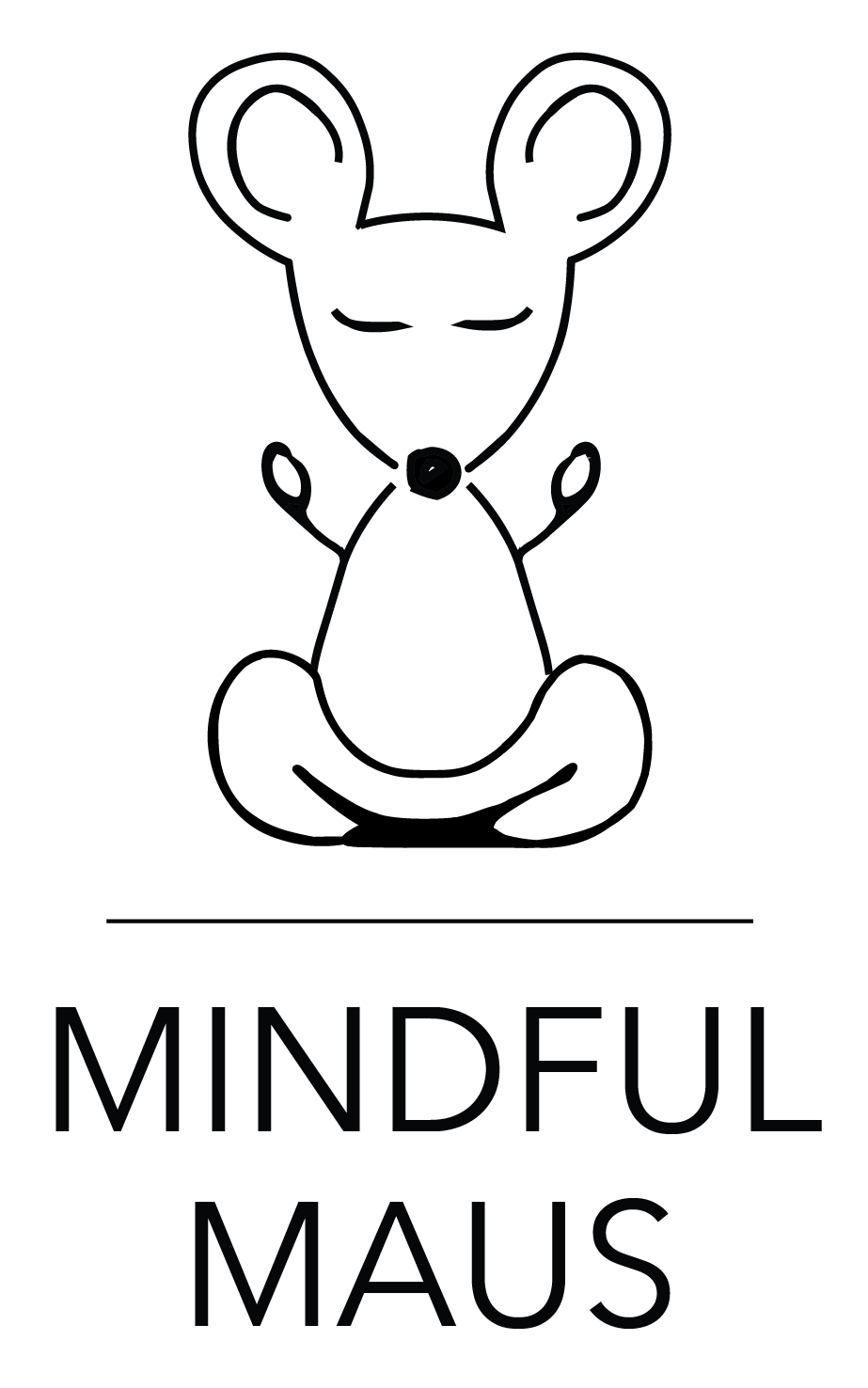Mindfulness Based Stress Reduction - Home Practice Guidelines for Week 3
1. The most important home practice is to simply Pause throughout your day and take 3 Mindful Breaths, placing your attention on the felt sensation of breathing or any other body sensation such as the contact of your feet with the floor or sensations in your hands or shoulders. Not trying to change anything, just noticing sesnsations as they are without judgment for three breaths. Don’t change your breathing by making it deeper for example, just bring your attention to your breath as it is. Celebrate each time you remember, as a little positive reinforcement for yourself. Keep exploring creative ways to remember to Pause. Creating the habit of the Pause will impact your life more than anything else you learn in this course.
2. Make a commitment to do a formal mindfulness practice for at least 10 minutes every day this week even if it’s just part of the practice. Repetition is very helpful when you are learning to make mindfulness more automatic. Find a comfortable space without distractions and a time you will not be interrupted. You can practice either the Body Scan, Mindful Movement OR Sitting Meditation. They are all on the same Recordings Page you have been using. The password is: beherenow. Do each practice at least once so you can notice which gives you the most presence.
For the Body Scan, continue to practice one of the 3 options: The body scan, the body scan 2, or the shorter body awareness practice. Bring a “beginner’s mind” when you practice, maybe you will notice a new sensation.
For the Mindful Movement/Yoga there are three options. Sequence 1 (40 min) and Sequence 2 (50 min) are just audio guidance. There pictures of the poses below to print off. You can always just do a part of the practice. There is also a shorter (25 min) moving meditation video if you would prefer. When doing the yoga, remember that it is not about how well you do the poses, or how deeply you stretch, rather it is about noticing without judgement the physical sensations in your body as you move. Consider this practice a moving meditation, continually coming back to the physical sensations in your body when your attention gets pulled away. Practice kindness by only doing what is safe and comfortable in each pose. If there is a pose you cannot do, you can aways modify or even just visualize that you are doing the pose. “Mindfulness is a Noticing Practice” so make note of what you notice each time you practice.
For the Sitting Meditation there are two options, the 10-minute Mindfulness of Breath Meditation from last week or the 20 minute Awareness of Breath and Body Meditation. Again, you can alway do a part of the practice, be realistic and do what you have time for. When practicing, sit in a chair or on a cushion. If seated in a chair, sit towards the front so as to support your own spine rather than have it be supported by the back of the chair. Legs should be uncrossed, knees hip distance apart and your feet firmly on the floor. If you are seated on a cushion, make sure your knees are lower than your hips resting on a soft surface or supported with a prop such as a rolled up towel. Maintain a straight back; pelvis slightly tilted forward; your head centered and balanced over relaxed shoulders, and your hands resting on your thighs or folded in your lap. Your eyes can be closed or open with a soft, relaxed, unfocused, downward gaze a few feet in front of you. Make a note of anything that comes up for you during the practice.
3. As a way to practice “short-circuiting” the auto-pilot mode, try adding informal walking mediation this week, bringing awareness to your the sensations in your feet when you are walking. Maybe try this walking to and from your car or when you first step out of bed in the morning. Bring the same mindful components that you bring to sitting meditation or yoga: non judging, noticing your experience, observing the pull of the thinking mind and the feelings that arise and pass. When you find your mind has wandered off, you just bring it back to your feet. Above all, be kind to yourself. There is a recorded walking meditation on the recordings page if you would find it helpful.
4. During the week be aware of stress reactions as they are happening, including physical sensations that accompany them without trying to change them. Where do you feel stress in your body? Notice feeling stuck, blocking, avoiding, or shutting off from the experience.
5. Make a list of Stessors you are currently experiencing and what you do to cope/alleviate the stress in your life. Make a note as to whether they are Acute such as an illness or Chronic such as work stress. Also make a note of whether the stressors and Internal (worry, fear) OR External (kids, work).
